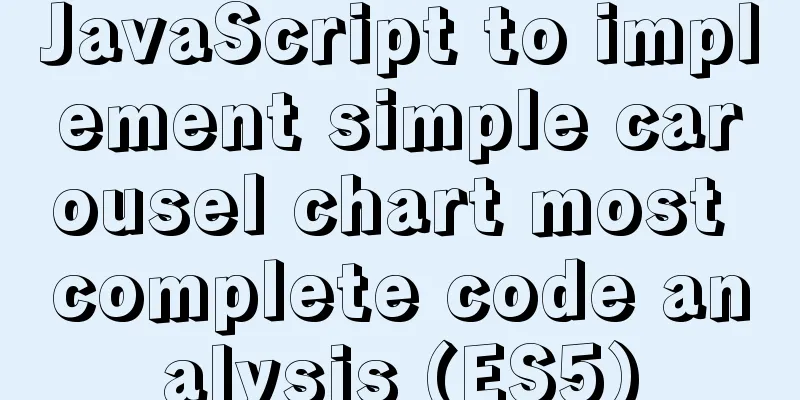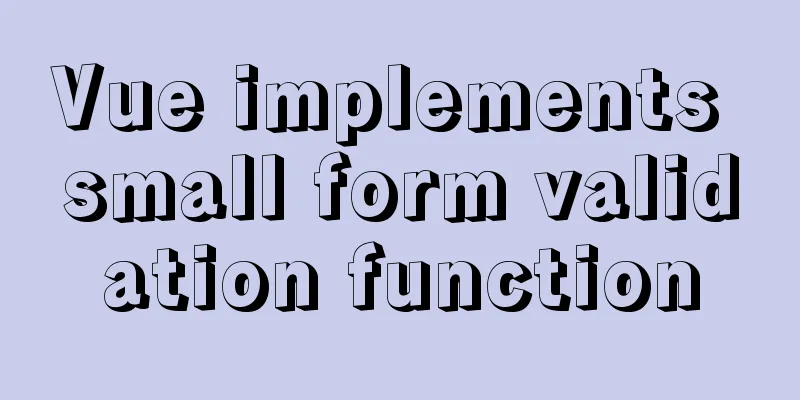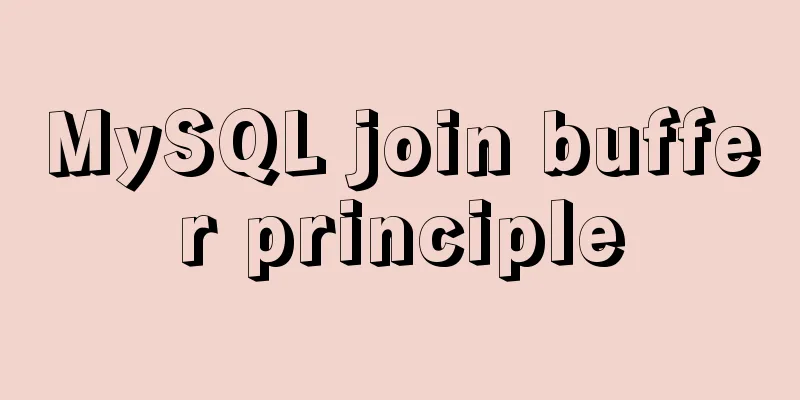Ten important questions for learning the basics of Javascript

1. What is Javascript?Javascript is a programming language used for web development. JavaScript runs on the client side of the web. According to MDN, JavaScript (often abbreviated JS) is a lightweight, interpreted, object-oriented language with first-class functions and is best known as a scripting language for web pages, but it is also used in many non-browser environments. It is a prototype-based multi-paradigm scripting language that is dynamic and supports object-oriented, imperative, and functional programming styles. 2. What is DOMDOM stands for Document Object Model. When a web page is loaded, the browser creates a DOM using the HTML and CSS files. The DOM is represented by nodes and elements. You can manipulate the DOM using javascript. It is a tree structure. 3. How JS code is executedThe question to answer is a bit big. But we can briefly talk about it. Javascript runs on the browser. Almost every browser has a JavaScript engine. V8 is the most popular among them. Chrome uses the V8 engine. Firefox, on the other hand, uses the Spider-Monkey engine. 4. Difference between == and ===If I put it this simply, == only checks if two values are the same. It does not check the types of these values. Look at the following code:
if(2=="2"){
console.log("true")
} else {
console.log("false")
}
The above code will log true. Because it considers 2 and "2" equal since it doesn't check the type. In contrast, === checks both type and quality. For example:
if(2==="2"){
console.log("true")
} else {
console.log("false")
}
This will log as false. Because 2 and "2" are equal in value, but they are of different types. 5. Null and UndefinedIn general, null represents an empty and non-existent value, while undefined represents a value that has been declared but not yet defined. Although you can also explicitly set undefined to a variable. var n; console.log(typeof(n)); // undefined var n = null; console.log(typeof(n)); // object The interesting thing is that the object type in JS is null. 6. Var vs Let vs ConstBefore ES6, var was the only way to declare variables. But now we have more choices. There is a term as scope. Scope refers to where these variables can be used. var declarations are either globally scoped or function/local scoped. It is possible to hang Var, which we will discuss in a few seconds. However, now let is preferred for variable declarations. You can use const when you don't need to change the variable later in the code. To get the difference between the two, you can read the following article, I think it is very useful. 7. HoistingIn javascript, you can use a variable before you declare it. The concept of variable and function declarations being physically moved to the top of the code is called variable hoisting. console.log(num); // Returns undefined, as only declaration was hoisted, no initialization has happened at this stage var num; // Declaration num = 6; So, let and const variables won't be hoisted? The answer is much more complicated. All declarations (function, var, let, const, and class) are hoisted in JavaScript, while var declarations are initialized with undefined, but let and const declarations remain uninitialized. 8. Global variables and local variablesIn javascript, scope is divided into two ways. Global and local. Variables declared within a function are called local scope. This variable cannot be accessed outside the function. In contrast, variables declared outside a function are called global scope. It can be accessed inside the function.
var genre = "superhero" //global scope
// code here can't use superhero but genre
function myFunction() {
var superhero = "Batman"; // local scope
// code here CAN use superhero and genre
}
9. ClosureClosures allow us to access the scope of an outer function from an inner function. It can be created by returning a function from another function. It creates a closed environment for each instance. For example:
function sum(x) {
return function(y) {
return x + y;
};
}
var add5 = sum(5);
var add10 = sum(10);
console.log(add5(6)); // 11
console.log(add10(6)); // 16
Here, add5 and add10 are both closures. They share the same definition but store different environments. 10. Callback FunctionAccording to MDN, a callback function is a function that is passed as an argument to another function, which is then called inside the outer function to complete some kind of routine or action. For example
function greeting(name) {
console.log('Hello ' + name);
}
function greetEmployee(name,callback) {
callback(name);
}
greetEmployee("Dwight",greeting);
Here, greeting function has been used inside greetEmployee function. This is what we call a callback function. Thanks for reading this article. Hope this helps. This concludes this article about ten important issues in learning the basics of Javascript. For more relevant basic Javascript content, please search for previous articles on 123WORDPRESS.COM or continue to browse the related articles below. I hope everyone will support 123WORDPRESS.COM in the future! You may also be interested in:
|
<<: Docker swarm simple tutorial
Recommend
Specific use of CSS front-end page rendering optimization attribute will-change
Preface When scroll events such as scroll and res...
Solution to high CPU usage of Tomcat process
Table of contents Case Context switching overhead...
How to completely uninstall Docker Toolbox
Docker Toolbox is a solution for installing Docke...
How to implement batch deletion of large amounts of data in MySQL large tables
The question is referenced from: https://www.zhih...
A practical record of checking and processing duplicate MySQL records on site
Table of contents Preface analyze Data Total Repe...
Installation and deployment of MySQL Router
Table of contents 01 Introduction to MySQL Router...
MySQL 5.7.21 winx64 green version installation and configuration method graphic tutorial
This article records the installation and configu...
Summary of problems encountered in the implementation of Vue plug-ins
Table of contents Scene Introduction Plugin Imple...
Detailed explanation of HTML basic tags and structures
1. HTML Overview 1.HTML: Hypertext Markup Languag...
In-depth analysis of HTML table tags and related line break issues
What is a table? Table is an Html table, a carrie...
Introduction and analysis of three Binlog formats in MySQL
one. Mysql Binlog format introduction Mysql binlo...
Solve the problem that VMWare cannot display in full screen after installing Mac system
system: VMTOOLs Download: Link: https://pan.baidu...
MySQL database import and export data error solution example explanation
Exporting Data Report an error SHOW VARIABLES LIK...
Implementation of docker view container log command
Why should we read the log? For example, if the c...
What are the ways to import CSS? What is the difference between link and @import? How to choose
I saw that Taobao’s webpage uses import, while man...









